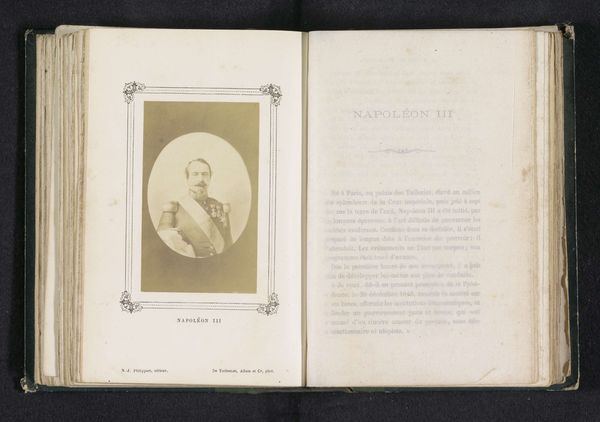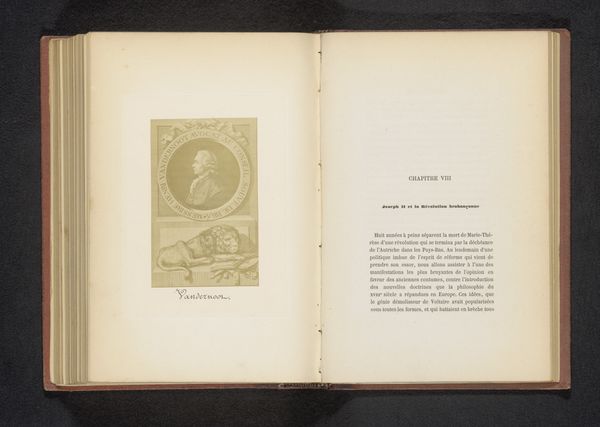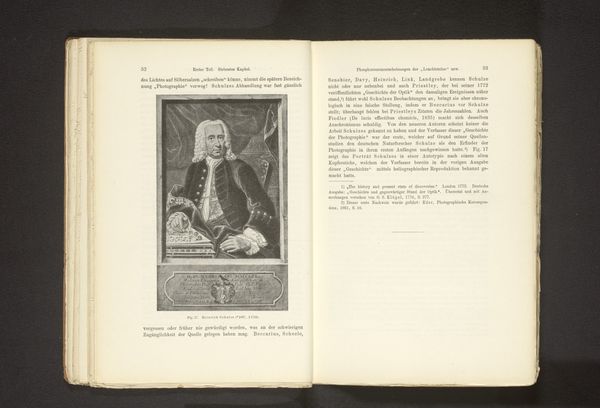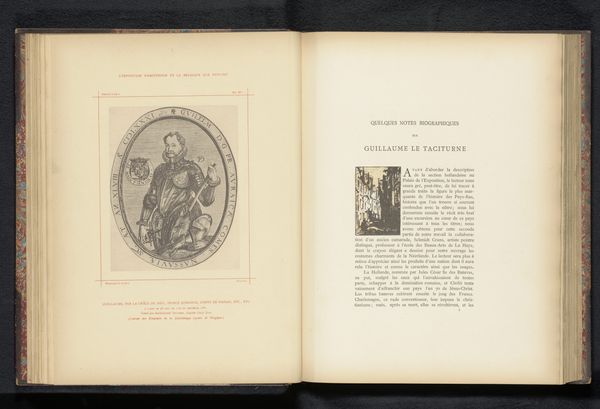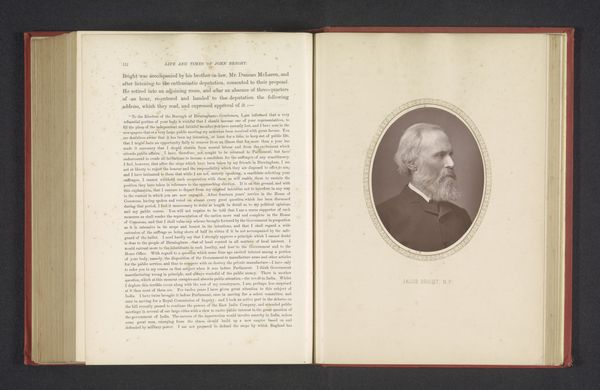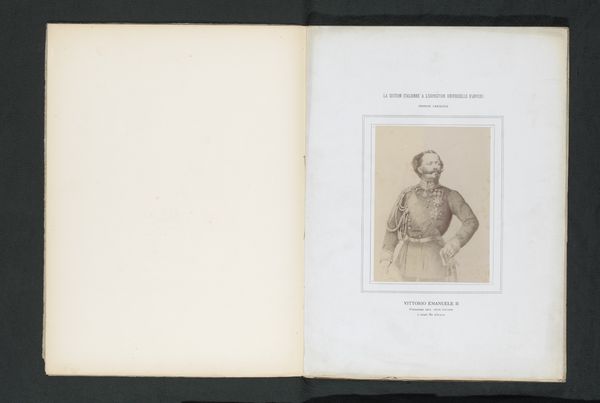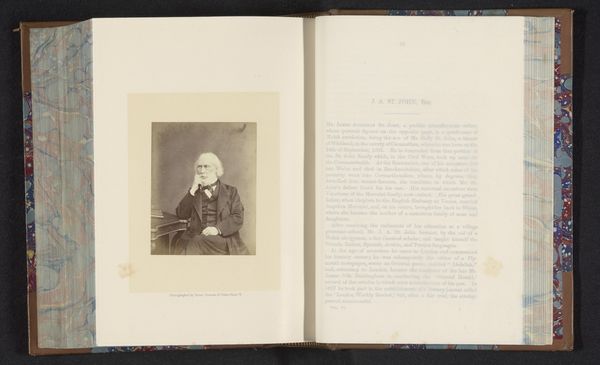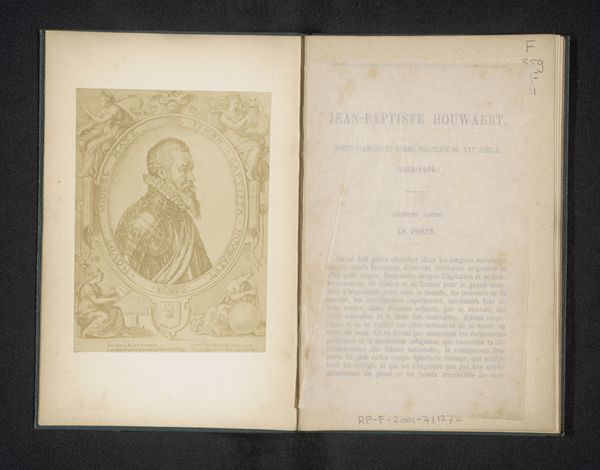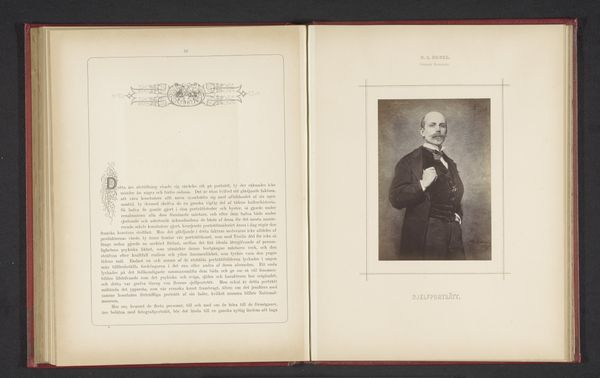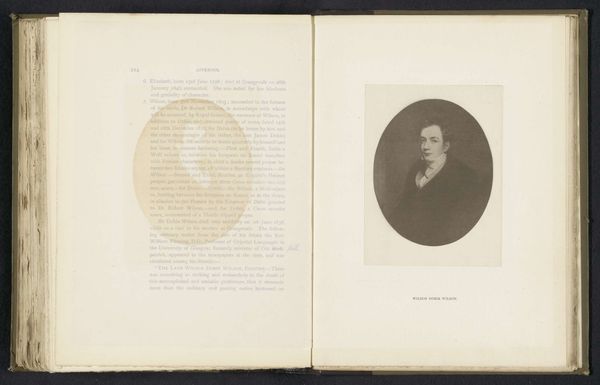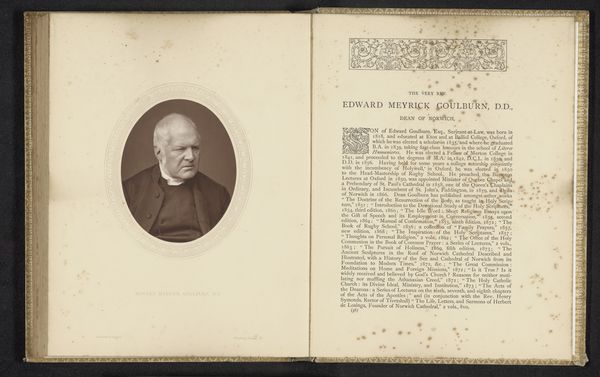
print, photography, collotype, albumen-print
#
portrait
#
dutch-golden-age
# print
#
photography
#
collotype
#
albumen-print
Dimensions: height 139 mm, width 95 mm
Copyright: Rijks Museum: Open Domain
Editor: This albumen print from before 1879 is a photographic reproduction of a portrait of an unknown man by E. Léon. It has the feel of a Dutch Golden Age painting, but what strikes me is how the portrait has been transformed by the process of photographic reproduction, appearing as a print within a book. How does the history of this particular image and its circulation influence our understanding of the portrayed man, and portraits, in general? Curator: That’s a great starting point. Considering this is a reproduction within a book, we have to think about how mass media and the culture of celebrity intersected with art at this time. Who was this “unknown man”, and why reproduce his portrait? The “unknown” status is critical: it becomes about a type, rather than an individual. This evokes questions about the power of portraiture to represent not just individuals, but also social types. Do you notice any clues to this man's social standing in the image? Editor: I suppose his ruff and formal attire suggest a degree of wealth and status. Would this image have circulated primarily among the upper classes? Curator: Precisely! Albums such as these would have been bought by those interested in displaying knowledge of art history and possessing access to such imagery. This act of photographic reproduction democratizes the image while reinforcing class boundaries, don't you think? Editor: That's fascinating. It almost feels like a proto-Instagram, sharing portraits to build and display social and cultural capital. Curator: A very apt comparison. This highlights how the "politics of imagery" as you phrased it are perpetually shifting with technology, yet certain motivations persist. Understanding art requires appreciating the social dimensions of visual culture. Editor: I never thought of an old photograph having so much to say about contemporary digital culture! Curator: That's why art history remains relevant - by understanding the past, we can critically engage with the present.
Comments
No comments
Be the first to comment and join the conversation on the ultimate creative platform.

